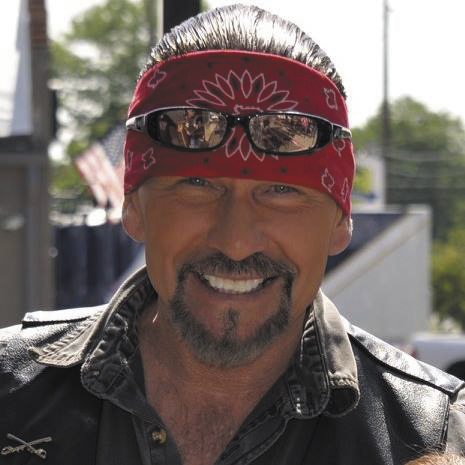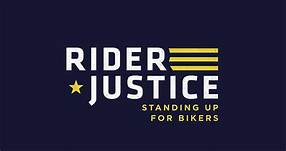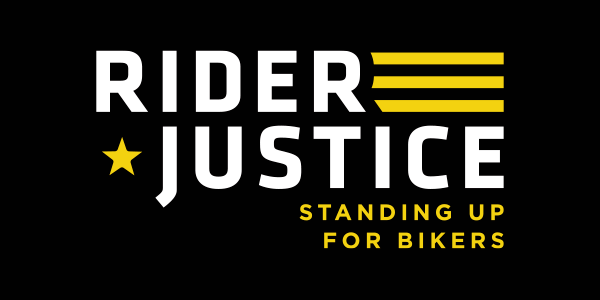If you’ve ever wondered where your motorcycle license fees and renewal dollars actually go in Colorado, you’re not alone. It might feel like just another long line of items that the state is imposing on you each year. The money you pay plays a bigger role than you might think. From keeping the roads smooth to promoting motorcycle safety, those fees are doing some heavy lifting behind the scenes.
Even with a small percentage not renewed due to inactivity, we can reasonably estimate that:
About 180,000 to 190,000 motorcycles in Colorado paid annual plate renewal fees in 2023. That’s 93% to 98% of all registered motorcycles.
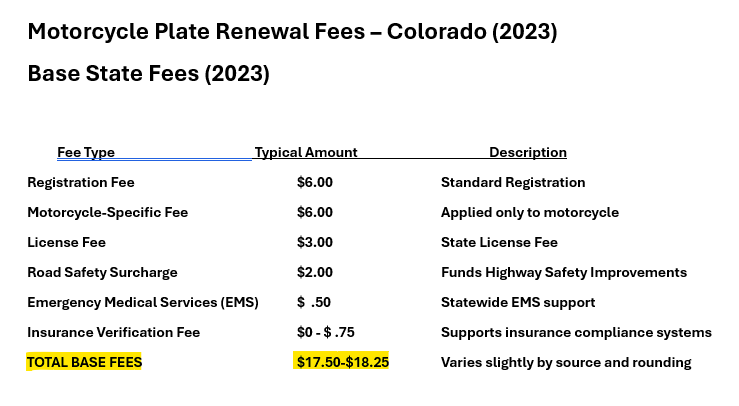 Why This Matters?
Why This Matters?
Each of these registrations typically generates $20–$45 per motorcycle, depending on location and the age/value of the bike. That puts estimated annual plate renewal revenue for motorcycles in Colorado in the ballpark of for a total $4 million to $8.5 million annually
Here’s a breakdown of how Colorado uses your motorcycle license fees – and why it matter to riders like you.
Supporting the Colorado DMV – A portion of your fees goes directly to the Colorado Department of Revenue’s Division of Motor Vehicles (DMV). This helps cover the cost of processing license applications, renewals, and maintaining driver records. It’s the everyday operational stuff that keeps the DMV running—think of it as keeping the lights on and the systems working.
Funding the Highway User Tax Fund (HUTF) – Another major slice of your fee is funneled into the Highway User Tax Fund, which supports transportation infrastructure across the state. That means your dollars help pay for:
🔹Road repairs and repaving
🔹Bridge maintenance
🔹Snow and ice removal (especially crucial in Colorado winters!)
🔹Upgrading traffic signals and signage
These improvements benefit all road users, but they’re especially critical for motorcyclists who rely on well-maintained roads for safety and performance.
Promoting Motorcycle Safety Training – If you’re a new rider or just brushing up your skills, you’ve probably heard of the Motorcycle Operator Safety Training (MOST) program. Funded in part by motorcycle license and endorsement fees, MOST provides:
🔹Certified rider training courses – The MOST program oversees vendors that provide motorcycle safety courses. According to the sunset report, in FY 2022-23, Colorado had 19 authorized vendors.
🔹Safety education programs
🔹Outreach initiatives to reduce motorcycle crashes and fatalities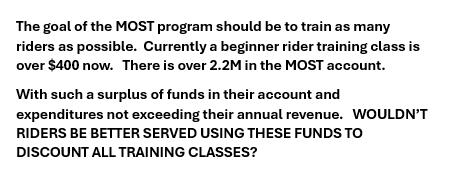 By supporting MOST, your license fee helps make the roads safer not just for you, but for every motorcyclist in the state. The Colorado Motorcycle Operator Safety Training (MOST) program receives approximately $997,657 annually from motorcycle endorsement and registration surcharges, as reported in the FY 2021–2022 MOST Annual Report .
By supporting MOST, your license fee helps make the roads safer not just for you, but for every motorcyclist in the state. The Colorado Motorcycle Operator Safety Training (MOST) program receives approximately $997,657 annually from motorcycle endorsement and registration surcharges, as reported in the FY 2021–2022 MOST Annual Report .
In addition to the surcharge revenue, the program earned $21,081 in interest income during the same fiscal year. After accounting for administrative expenses and other costs, the program carried forward a balance of $1,836,904.64 into the next fiscal year. FY 2021–2022 MOST Annual Report
Currently the MOST program is up for review by the Legislative, See SB25-187.
Investing in Local Infrastructure
🔹Depending on where you live, a portion of your fee may go to county or local governments. These funds help maintain regional transportation systems and support local DMV offices, so part of your payment goes right back into your community.
Upgrading DMV Technology – Ever noticed how DMV systems are getting a little more user-friendly (hello, online renewals)? Your fees help fund:
🔹Digital system improvements
🔹Identity and security upgrades
🔹Cybersecurity protections to keep your personal info safe
It’s all part of modernizing the DMV experience and making life a little easier for Colorado drivers.
In Summary:
It is important that all riders understand where your fees go, how they are being spent or not spent. Motorcycle Riders News will be monitoring bills at the State Capital that have an impact on all motorcycle riders in our Great State of Colorado.
The other question is that there is currently $2.2M in the MOST account, with more income revenue coming in yearly than they spend. Why keep building up the bank account when it should be spent on the intent of the program, to make riders training more affordable? WATCH THIS VIDEO, thank you, Scott O’Sullivan from RiderJustice for working to get the word out to the riders of Colorado




